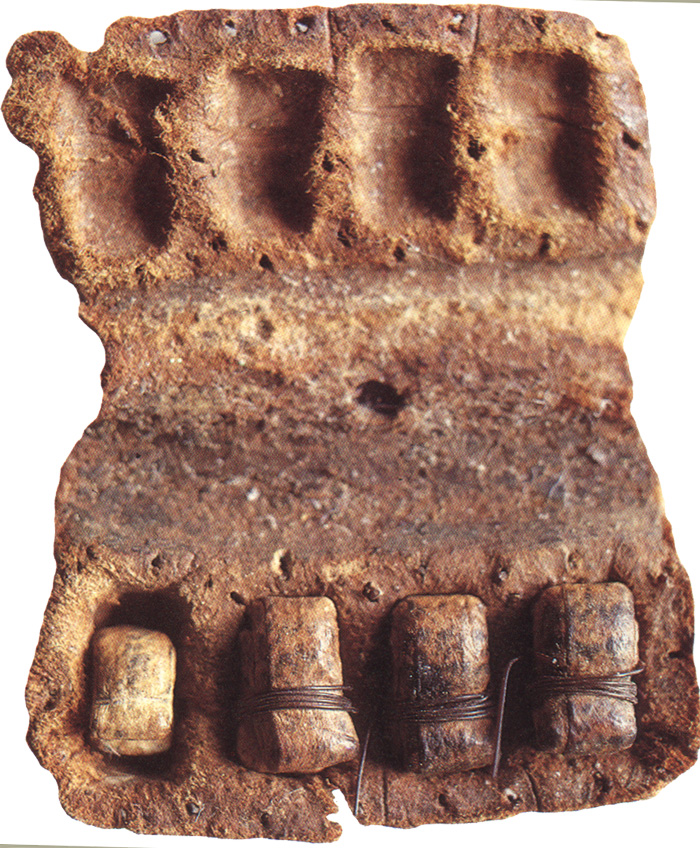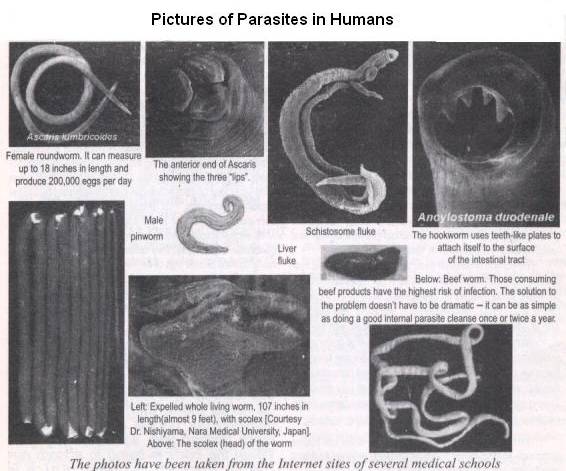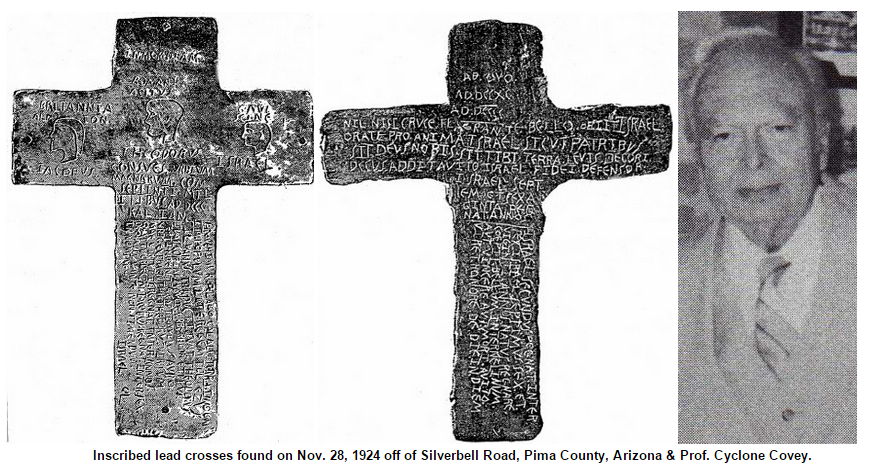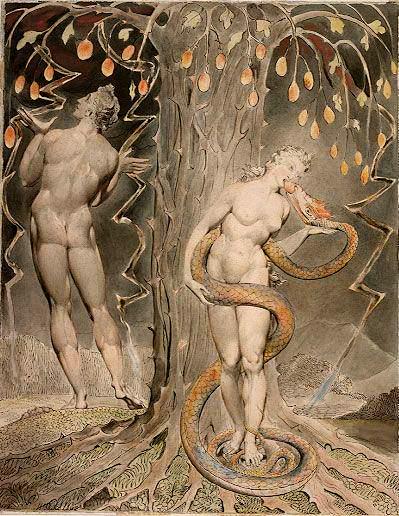Today, many Jews wear boxes tied to their heads and arms, containing Torah (bible) verses and worn when praying. That which is called a tefillin by the Jews, and a phylactery by the ancient Greeks. This article will expose the hidden clues to the true origins and meaning of the tefillin or phylactery.
tefillin by the Jews, and a phylactery by the ancient Greeks. This article will expose the hidden clues to the true origins and meaning of the tefillin or phylactery.
The Torah commands that they should be worn on the head and left arm by the Jews during the time of prayer and sacred meditation, to serve as a “sign” and “remembrance” that God brought the children of Israel out of Egypt. On the outside of the tefillin to the right are the regular three-pronged letter shin, and on the left side is the same letter consisting of four prongs which are an abbreviation for the Hebrew Shadai, the Almighty. They are normally made an inch and a half square, and have long leather straps attached to them, with which they are fastened to the head and arm.
Every male Jew, from the time that he is thirteen years of age is obliged to wear the tefillin, and there are still Jews in Poland and Russia who wear them during the whole day. According to the Jewish rabbis, God showed Moses on Mount Sinai how to wear the tefillin, and even God himself is said to wear them.
Before the advent of the modern Jewish tefillin, there was what the ancient Greeks had called the phylactery (Greek phulaktērion – φυλακτήριον), and who were said to also wear them around their necks as necklaces. The Greeks had worn actual real stone “amulets or charms” that were used specifically as an alchemical preservative to preserve them from diseases, or dangers. They were said to be engraved with certain aspects of the planets. Hence, as above, so below.
 These were real stones that were worn for their healing powers, and to protect the wearer against diseases. The Greek inscription of the Rosetta stone, mentions the phylactery. The ancient Greek texts state that an amulet of undertaking can be crafted from a loadstone cut into the shape of a heart and engraved with an image of the Goddess Hecate. Jesus Christ, in the Gospel, says, the Scribes and Pharisees made broad their phylacteries, and enlarged the borders of their garments.
These were real stones that were worn for their healing powers, and to protect the wearer against diseases. The Greek inscription of the Rosetta stone, mentions the phylactery. The ancient Greek texts state that an amulet of undertaking can be crafted from a loadstone cut into the shape of a heart and engraved with an image of the Goddess Hecate. Jesus Christ, in the Gospel, says, the Scribes and Pharisees made broad their phylacteries, and enlarged the borders of their garments.
In the book, The Curious Lore of Precious Stones: Being a Description of Their Sentiments by George Frederick Kunz, he had written:”That there was in Egypt a strong inclination to use a certain particular stone for a given amulet, will be noted in the case of those inscribed with special chapters of the Book of the Dead.”
Kuns further stated; “The ancient treatises on the magic art show that the use of amulets was considered to be indispensable for those who dared to evoke the dark spirits of the netherworld, for without the protection afforded by his amulet the magician ran the risk of being attacked by these spirits. One of these texts gives directions for preparing an amulet, or phylacterion, for the “undertaking”; for this a “sweet-smelling” loadstone should be chosen, and should be cut heart-shaped and engraved with the figure of Hecate.”
The meaning of phylactery can be found in the etymology of the name. It is composed of the words phy, lac (lace) and tery.  The meaning of phy is “to cure or heal; to treat with or as if with medicine.” The meaning of lac is from the word lace, to fasten or tie with a string; and the meaning of tery is “powerful; ruler of the people.”
The meaning of phy is “to cure or heal; to treat with or as if with medicine.” The meaning of lac is from the word lace, to fasten or tie with a string; and the meaning of tery is “powerful; ruler of the people.”
The alchemical and healing properties of these sacred holy stones was one of the most ancient medical practices that has ever been practiced by humans. Stones used to help purify the blood using their inherent energy properties. As within, so without.
Kuns had said, “In the language of the ancient Mexicans blood was called chalchiuhatl, or “water of precious stones,” as the quintessence of what we’re regarded as the most costly things. Although such poetic designations are in modern times mere figures of speech, among primitive peoples they are more significant, and it is highly probable that with the Aztecs, as with other peoples, the wearing of precious stones was believed to enrich the blood and thus to promote health and vigor, for the blood is the life.”
This connection above by George Kunz with the Phoenician Israelite Indians and Mexicans of North America gives us more alchemical evidence to prove the true origins of the phylactery. As I stated above, it was used as natural medicine and a healing stone, and the ancient Greeks and Israelites were some of the only people who had worn such stones on their bodies. They were sacred stones of purification for their blood, and protected them from the creator and destroyer king devil of the earth, the worm. I believe that the Indians and Mexicans of North America were the direct descendants of the original ancient Israelites who had known this secret knowledge. After all, they were the children of Adam and the Old Testament (Old Law). Adam is a name that means red man.
For example, just like the modern Jews wear today and the ancient Greeks and Israelites, the Apache Indians had worn a small piece of buckskin two inches square that had upon them drawn a red and yellow snake. Inside were a piece of green chalchihuitl, a small cross of lighting-riven twig (pine), and two very small perforated shells. The cross was called “intchi-djin,” the black wind.(1)
It is interesting that the name of the cross they had worn has connection to the djin. The jinn (Arabic: الجن al-jinn, singular الجني al-jinnī; also spelled djinn), or genies, are spiritual creatures mentioned in the Qur’an and other Islamic texts. The Qur’an mentions that the jinn are made of a smokeless and “scorching fire”, but also physical in nature, being able to interact physically with people and objects, and likewise be acted upon. Like human beings, the jinn can also be good, evil, or neutrally benevolent, and hence have freewill like humans and unlike angels.
 Here are some more clues from the Apache Indians proving my theory. The contents of the box are essentially medicine being the pine twig and the two sea shells.(1) It is well-known today of the healing properties of the pine tree which gives us oil of turpentine, and helps cure both mucous discharge, and the worms that feed and live in this mucus. Sea shells when they are crushed and added to water give us what is known as the holy water called limewater, and in science, the solution of calcium hydroxide Ca(OH)2. Limewater kills worms and many other, if not all insects commonly in less than half an hour, and is called by the London college, an antacid, anthelmentic, tonic, and astringent.. This holy water is one of the oldest medicines known to man, and I have found a tremendous amount of medical literature, doctors and evidence supporting these facts.
Here are some more clues from the Apache Indians proving my theory. The contents of the box are essentially medicine being the pine twig and the two sea shells.(1) It is well-known today of the healing properties of the pine tree which gives us oil of turpentine, and helps cure both mucous discharge, and the worms that feed and live in this mucus. Sea shells when they are crushed and added to water give us what is known as the holy water called limewater, and in science, the solution of calcium hydroxide Ca(OH)2. Limewater kills worms and many other, if not all insects commonly in less than half an hour, and is called by the London college, an antacid, anthelmentic, tonic, and astringent.. This holy water is one of the oldest medicines known to man, and I have found a tremendous amount of medical literature, doctors and evidence supporting these facts.
However, much of this medical literature is prior to the 20th century and the advent of the current medical industry. In fact, oil of turpentine from the pine was one of the preferred medicines by doctors for centuries, and the facts are that the Israelites, Greeks and Indians knew these medical facts long before these doctors because in the past we were not only gnostics, we were alchemical master and the doctors of ourselves, families and tribes.
In The Cyclopaedia of Practical Medicine by John Forbes, he details the science behind the oil of turpentine; “The oil of turpentine, in large doses, has for some years past in this country almost displaced all other remedies in the treatment of taenia; a sufficient evidence of its efficacy. Dr. Fenwick of Durham generally gets the credit of having first made its value known to the public by a paper published in the Medico-Chirurgical Transactions in the year 1811.
He had been made acquainted with the utility and safety of the practice by a nonprofessional person, who had employed it in several cases with success; and the latter, in his turn, had been instructed in its use by a seafaring man, who, having frequently freed himself from large portions of tape-worm by means of gin, was led by analogy to expect similar but still more marked effects from the spirits of turpentine; and on trial his expectations were not disappointed. The use of turpentine as an anthelmintic is noticed in Rudolphi’s work published in 1808 ; and Underwood informs us that Dr. James Sims had given it, in two-drachm doses, in cases of worms, with success.(3)
GNOSTIC WARRIOR CONCLUSION
The ancient Greeks had worn in the phylactery a special alchemical stone said to contain one’s soul and used in order to achieve immortality. To the Greeks and Israelites, the phylactery was simply a sacred stone that was worn for its supernatural and healing powers, which would go in line with their ancient religion of gnosis and alchemy. The same can be said about the North American Indians, who like the Apache had actual medicine in the boxes consisting of pine to make the medicines known today as oil of turpentine, and sea shells to make holy limewater.
Hence, today’s Jews wear boxes with bible verses strictly for religious purposes, and the Greeks, Israelites and Indians had worn stones, pine and sea shells for their healing properties and powers to protect the wearer against what some call evil spirits, or what we can simply call today, the devil worm.
The creator, and the destroyer of man…….
SOURCES:
1. The Curious Lore of Precious Stones: Being a Description of Their Sentiments by George Frederick Kunz
2. The Medicine-men of the Apache By John Gregory Bourke
3. The Cyclopaedia of Practical Medicine by John Forbes

Moe is the founder of GnosticWarrior.com. He is a father, husband, author, martial arts black belt, and an expert in Gnosticism, the occult, and esotericism.









Tefilim+Nephilim. The religion invented by the nephilims.
No shortage of interesting articles on here, bro. Ah, I still wish there would be optional translation! Oh well, have you a happy holidays, pilgrim..